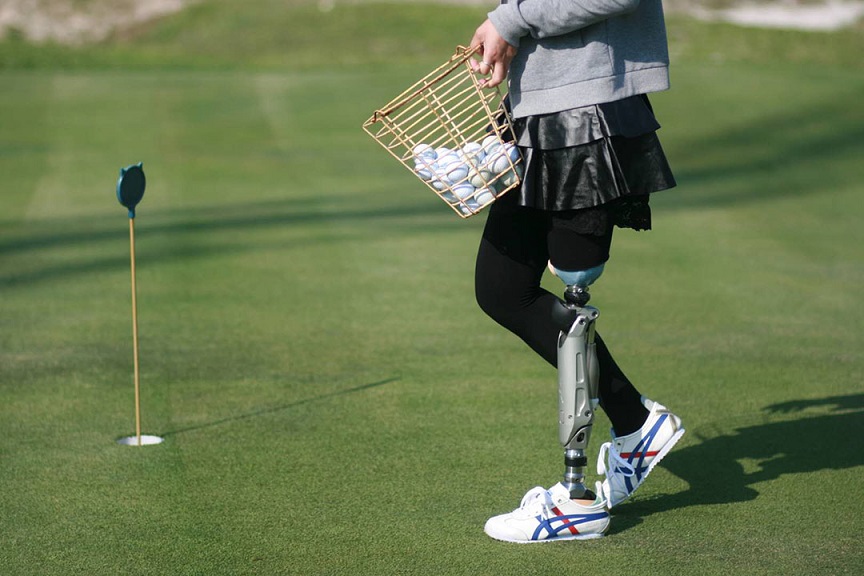By location
Upper limb prosthesis
Shoulder amputated prosthesis: refers to the prosthesis used by those whose amputation site reaches part of the scapula. It is more common in patients with electric injury, which is a very serious disability.
Upper arm prosthesis: refers to the prosthesis used by those whose amputation site reaches above the elbow joint
Elbow amputation prosthesis: refers to the prosthesis used by patients whose amputation site is missing in the whole forearm.
Forearm prosthesis: refers to the prosthesis used by people whose amputation site is below the elbow joint. (Captain Hook’s use is even a lower elbow prosthesis!)
Wrist amputation prosthesis: refers to the prosthesis used by patients whose amputation site is located at the wrist joint and the whole palm is missing
Hand prosthesis: it may be used by patients with single finger, multi finger or partial palm loss
Lower limb prosthesis:
 p amputation prosthesis: suitable for patients with hip amputation or extremely short thigh stumps.
p amputation prosthesis: suitable for patients with hip amputation or extremely short thigh stumps.
Thigh prosthesis: used by patients with thigh amputation and appropriate stump length
Knee amputation prosthesis: used for amputation of knee joint amputation or super long stump of thigh or very short stump of calf
Lower leg prosthesis: it is used for patients with lower leg amputation and appropriate length of stump
Foot prosthesis: for patients with partial or total loss of foot
According to function
Functional prosthesis:
Non organ functional prosthesis: like Captain Hook’s hook, the function is very simple. Many upper limb prostheses use some modular kits to replace different prostheses under different conditions
Functional prosthetics with organs: for example, most lower limb prosthetics are equipped with joints and corresponding motion auxiliary devices (hydraulic pressure, air pressure, spring), and even electronic power feedback system, while upper limb prosthetics have various functional prosthetics with different control sources (electromyography, cable control)
Cosmetic prosthesis:
Purely for the sake of beauty, such as cosmetic prosthetics, is very helpful for amputees to build self-confidence and self-esteem
Many prosthetic designers are also engaged in the makeup (painting) of such prosthetics
According to power
At present, there are some intelligent prosthetics on the market, which can help the mechanical joints make more appropriate subtle movements through microprocessors, which can ensure that the prosthetics perform better in the support period and swing period.
At present, the medical engineering community is also actively studying the research of artificial nerve or artificial muscle. Maybe one day, amputees can completely restore limb function through these new technologies
Post time: Mar-19-2022

